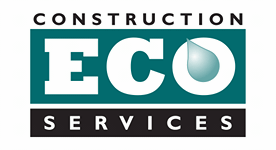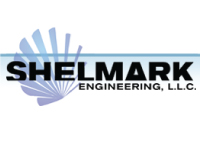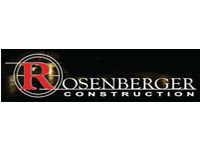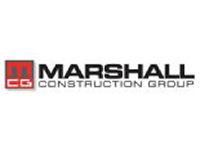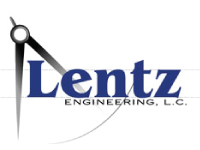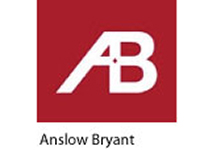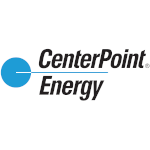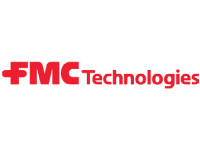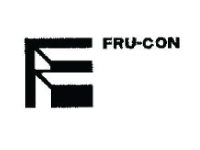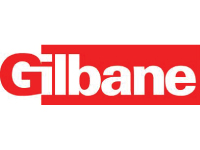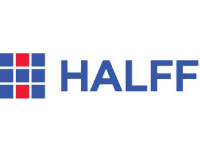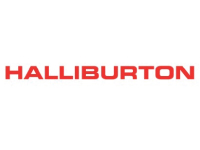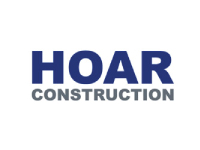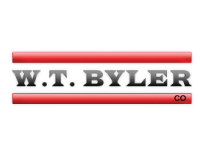The Right Solutions. The Right Way. The Right Reasons.
Product Questions
Most R-Tank modules are 95% void, including the LD, HD, SD, and UD lines. However, the XD modules contain more plastic, making them 90% void. Refer to the back page of the R-Tank Brochure for more information.
R-Tank modules are made from polypropylene, one of the most inert materials available. They are resistant to rot and corrosion along with most chemicals commonly found in soils. There are a number of factors that affect the life of an installed R-Tank system, perhaps the most significant of which is creep – the tendency of plastic to deform over time. The 180-day creep testing performed on R-Tank modules done using the test methodology described in CIRIA C609 demonstrated that R-Tank modules should provide a service life of at least 40 years. If you’d like the full tech note on creep, please contact us.
Underground polypropylene modular stormwater systems have been in use around the world since the early 1990’s. In the United States, the technology was introduced in the early 2000’s. The R-Tank System was first used internationally in 2009, and it was first sold in the United States in 2011.
R-Tank is made from 100% post-industrial polypropylene. Refer to the back page of the R-Tank Brochure for more information.
R-Tank is wrapped with a geosynthetic material prior to backfill. This material can be a variety of different materials that align with the goals of the project.
There are four different types of materials that can be used to wrap an R-Tank system:
- Nonwoven Geotextile is the standard material used for most projects
- Woven monofilament is used for most infiltration applications
- Geomembranes (Polyethylene and PVC are most common) can be used to retain runoff in the system for harvesting applications, as well as preventing infiltration where there are concerns about karst or groundwater contamination
- Microgrids can be used with stone backfills in bioretention and other similar applications
Loading Questions
All modules except the Light Duty (LD) modules can be designed to support HS20 and HS25 traffic loads. Each of the different modules (HD, SD, UD, and XD) has a different cover requirement to support different load classes. For more details, review the Tech Note on loading capabilities.
An independent engineering firm reviewed 3rd party testing on each of the R-Tank modules and developed loading models used to recommend minimum cover requirements for various loading classifications. These models are available to designers and include the following minimum cover depths to support AASHTO HS20 loading:
- Heavy Duty (HD) – 20″
- Super Duty (SD) – 18″
- Ultra Duty (UD) – 12″ (with stone backfill) or 14″ (with sand backfill)
- Extreme Duty (XD) – 6″
To see the HS20 loading mode and access additional information about loading, review the Tech Note on Loading Capabilities.
R-Tank has been successfully used beneath a number of parking garages and buildings. However, this is a highly technical application, and we suggest you work with our support team by e-mailing AskCES@ecosvs.com or contact us.
Maintenance Questions
There are three different types of maintenance that can be performed, depending on what features were included in the system design:
- Most systems include pre-treatment structures located within the drainage system upstream of the R-Tank. These are designed to prevent contamination of the R-Tank, and they should be maintained regularly.
- Systems designed and built after 2018 may include a Treatment Row that can be accessed through an adjacent drainage structure. Treatment rows are designed to trap sediment and debris that bypasses the pre-treatment structures, and they are maintained with standard jet/vac equipment.
- Most systems include Maintenance Ports throughout the footprint of the system. These can be used to backflush the system by injecting water through the ports to resuspend sediments which can then be removed with standard vac equipment.
R-Tank systems are cleaned with standard jet/vac equipment. There are no special or proprietary components needed for the process. To review these guidelines and access step-by-step instructions on maintaining an R-Tank system, download the Operation, Inspection, and Maintenance Guide.
While there are contractors familiar with the process available to assist R-Tank System owners, many public works and/or municipal maintenance crews have the equipment and experience necessary to maintain an R-Tank system. For step-by-step instructions on maintaining an R-Tank system, download the Operation, Inspection, and Maintenance Guide.
Costs will vary widely based on the project location, design, and size of the specific system. To get the most accurate pricing from a maintenance contractor, it is helpful to provide them with details of the system from the original project plans. Contact us if you need assistance identifying a maintenance contractor.
Systems should be inspected at least annually and cleaned when sediment accumulation has reached specific levels based on the configuration of the specific system. Access these guidelines in the Operation, Inspection and Maintenance Guide. Experience has shown that the most cost effective plan is to concentrate maintenance efforts on the pre-treatment systems, which will minimize the need to maintain the full R-Tank system.
Construction EcoServices recommends a two-step approach to pre-treatment:
- Use Trash Guard Plus units distributed throughout the upstream drainage network to prevent heavy sediment and debris from entering the R-Tank
- Use a Treatment Row inside the R-Tank to trap and segregate materials that make it past the Trash Guard Plus
For more information on pre-treatment, review the R-Tank Maintenance Tech Note.
Installation Questions
R-Tank modules can be delivered in one of three ways that best fit the customer’s preference:
- Unassembled, to be assembled on site by the customer, with ACF providing the training on proper assembly (assembly videos also available)
- Unassembled with ACF providing assembly service on-site
- Fully assembled
Most pipes are butted to the side of the R-Tank and sealed with a geotextile boot. Pipes connecting into the Treatment Row should be 12″ SDR35 PVC and should be inserted 3-6″ into the opening CAD details are available, just contact us.
R-Tank modules are supplied with pipe boot kits (one for each pipe connection) that include two stainless steel clamps. Duct tape can be used to temporarily connect the boot flap to the geotextile enveloping the R-Tank, but the clamps must be used to seal the neck of the boot around the pipe. CAD details are available, just contact us
There are several backfill options for R-Tank. While AASHTO #57 stone is very common (and often used as supplemental storage capacity), there are sand options that will meet the backfill material specification. See section 2.03 of the R-Tank Specification for more details.
Providing 24″ of clearance around the perimeter of the system provides adequate access for compaction of backfill materials using vibratory equipment such as a trench roller or plate compactor. There are some unique applications that do not require a 24″ perimeter for backfill. Contact us with details on your project if you are considering alternatives to the standard guidelines.
Vibratory compaction of backfill materials is critical to the stability of the system. In addition to aiding in consolidation of the backfill materials (which helps mitigate the potential for differential settlement), the vibratory action of the equipment helps eliminate micro-gaps between modules, making the system of individual modules much stronger in the process. See the R-Tank Installation Guide for more information.
Required lead times for projects will vary based on the size of the project and the type of modules being used. Our goal is to provide materials as quickly as you need them, but proper planning is critical to meet your timeline. Contact us for more information.
Other Questions
In many locations, using the R-Tank as an infiltration system can generate pollutant removal credit. Additionally, in some states the R-Tank Treatment Row can be used to get credit for pollutant reduction. Contact us for clarification on options specific to your project location.
When needed, the R-Tank system can be wrapped in an impermeable geomembrane to prevent stored water from infiltrating into the surrounding soils. In these applications, 100% of the stored water will exit through an outlet pipe.
R-Tank has been used on hundreds of sites with high water tables. With highly efficient storage capacity (95%) and a variety of available module heights (including the XD at only 2″ tall and the SD at 9.5″ tall) most systems can be designed to avoid conflict with the water table. However, R-Tank has also been used where it interfaces with the water table. Some of these systems have been designed to allow ground water to enter the modules and exit the system through the drainage network, while others have been designed to prevent groundwater intrusion, which requires additional engineering to manage the buoyant forces of the groundwater. Contact us for design assistance in scenarios where ground water is likely to affect the R-Tank installation.
Some R-Tank systems have been designed to use cover materials to balance the uplift forces of groundwater. These designs require additional attention, which we can provide, just contact us.
